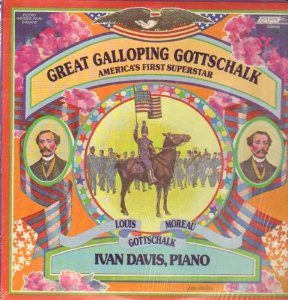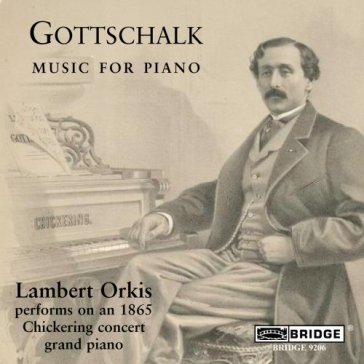
A couple of mainstream media outlets have picked up on the Great Classical (crossover) Comeback of 2006 lately: My old employer NPR had a story on All Things Considered The hook in the Tuesday (Mar 20) New York Times story was the just announced Classical Blowout Store from Amazon.com – a response, in the dot-com’s words, to “the disappearance of prominent brick and mortar music stores and the fact that most music retailers are scaling back their selection of classical music.” with led to the Time’s observation that “Amazon’s initiative comes at a time when classical music sales are either advancing nicely or in a free fall, depending on whom you believe and what you consider classical music.“
And that’s the problem, innit? Who do you believe? The initial trigger for all of this reporting was the Nielsen SoundScan report of classical sales being up 22.5 per cent – something I wrote about last month. And, hmm….as part of their rationale for the new service Amazon notes that their 2006 sales of classical music were up – get this – 22 per cent! Same accounting methods? Does Amazon consider Josh Groban to be as classical at Louis Moreau Gottschalk? They don’t say.
Similarly, after noting that “independent [classical] labels like Koch and Naxos report that their sales are also up”the above-referenced NPR story ends with the throwaway line, “the total number of classical albums purchased online more than doubled last year.” That’s great…but, again, what’s the definition of “classical?”
And, for that matter, what, exactly, constitutes a downloaded “album,” anyway? More on that in a future post. A more sobering assessment of the health of classical-music comes from the market-research firm NPD group, quoted in the Times article: “NPD Group’s consumer survey data, which does not include albums like these in its classical music category, shows that classical sales dropped last year by 28 percent, and have dropped by 54 percent in five years.”
Ouch! Whether the numbers are truly up or down, there does seem to be a renewed energy in retailing classical music. After all, classical music fans, traditionally older and wealthier, “actually buy, rather than steal, their music,” to quote the Times. I noticed, too, doing some focus groups in Philadelphia last year that a lot of men of, ahem, a certain age, LOVE those much-maligned “bricks and mortar” stores – us hunter-gatherer music freaks intoxicated by the ambience, being surrounded by fellow members of our tribe, poring through bins, stumbling upon old favorites or making new discoveries. Same reasons why we vinyl junkies can’t let go. For classical music fans, multiply everything I just said by two. Or five. Or ten. Mark Berry’s Naxos Blog has some interesting comments about what retailers in Philadelphia and elsewhere are doing to fill the classical void. Sample grab:
“At the same time, retailers seem to be expending more energy on classical, perhaps due to the SoundScan rise but also to fill the hole left in major market areas by the demise of Tower Records. The Philadelphia Inquirer reported earlier this month that national chain FYE has made classical music a priority in its new store in the space previously occupied by Tower, moving its 11,000 CD and DVD titles to the main floor and committing to growing the section. Of course, a part of this collection is crossover material but, as writer Peter Dobrin points out, there is still plenty for the core classical “afficianado” and fan of local classical artists.”
Snarky aside: If you didn’t know that Koch had a significant classical catalog you’d never know it by their website. Their classical listings are “below the fold” on their home page, category 13 out of 13 music categories, coming on the heels of “Dance, Electronica & New Age,” “Jazz,” “Gospel,” “Country,” “Kinks Reissues,” and “Broadway Productions and Show Recordings.”



